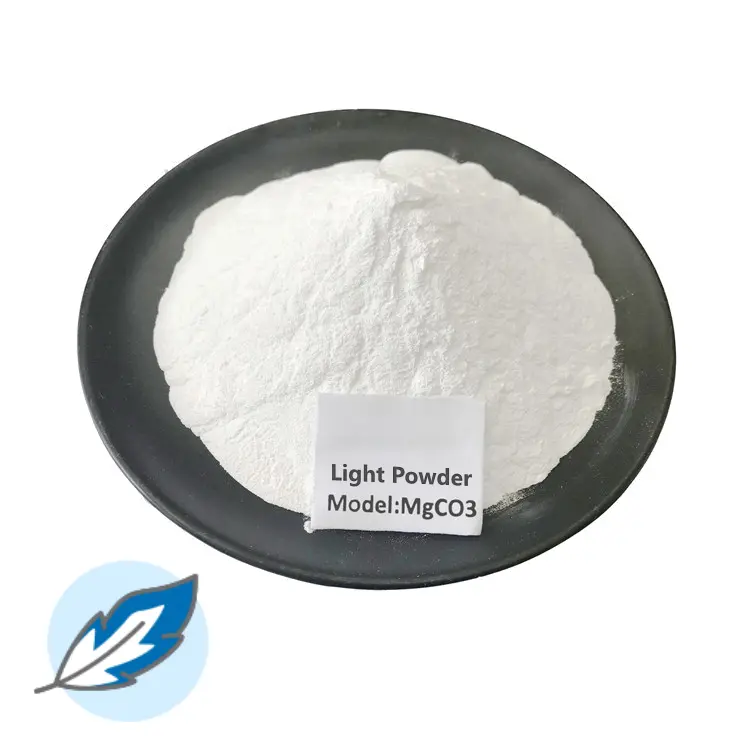Messi Biology stated that in the synthesis process of magnesium sulfonate, magnesium carbonate is often used as an alkaline neutralizer to react with sulfonic acid to produce the target product, magnesium sulfonate, while releasing carbon dioxide gas and water.

1. Mild alkaline reactivity: The alkalinity of magnesium carbonate is relatively mild, and the reaction will not be violently exothermic. It is more suitable for temperature-sensitive sulfonic acid compounds and can effectively avoid side reactions.
2. Slow-release neutralization: Compared with magnesium hydroxide or sodium hydroxide, magnesium carbonate has a lower solubility in water, and the reaction process is slower and more controllable, which helps to improve product purity and crystal quality.
3. No introduction of exogenous ions: The use of magnesium carbonate will not introduce additional cations or inorganic anions (such as Na⁺, Cl⁻), avoiding affecting the solubility, conductivity or compatibility of magnesium sulfonate products.
4. CO₂ escape during the reaction: The reaction generates CO₂ gas, and it is necessary to design an effective gas escape channel or slightly stir the reaction equipment to prevent bubble aggregation from affecting the reaction process or forming bubble entrainment.

5. Wide range of applications: This method is applicable to various types of organic sulfonic acids (such as alkyl sulfonic acid, aryl sulfonic acid, aminosulfonic acid, etc.), and is suitable for the preparation of magnesium sulfonic acid salts for medicine, chemical industry, electroplating, cleaning and other purposes.
